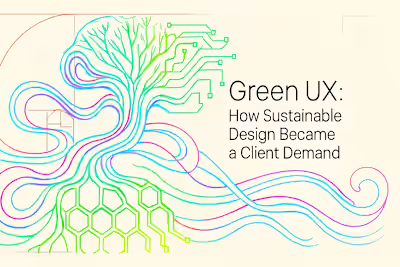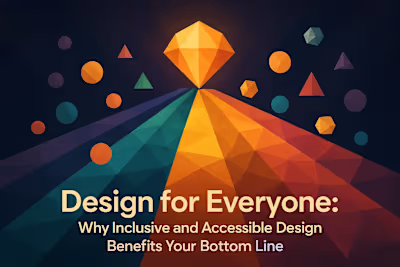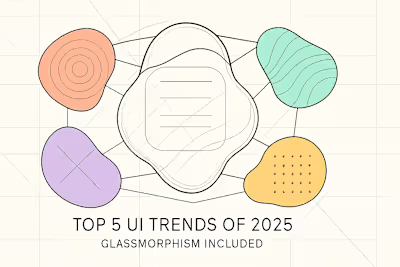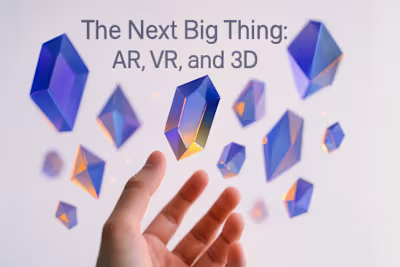Staying Ahead: How Smart Companies Keep Up with Design Trends (Without Chasing Fads)
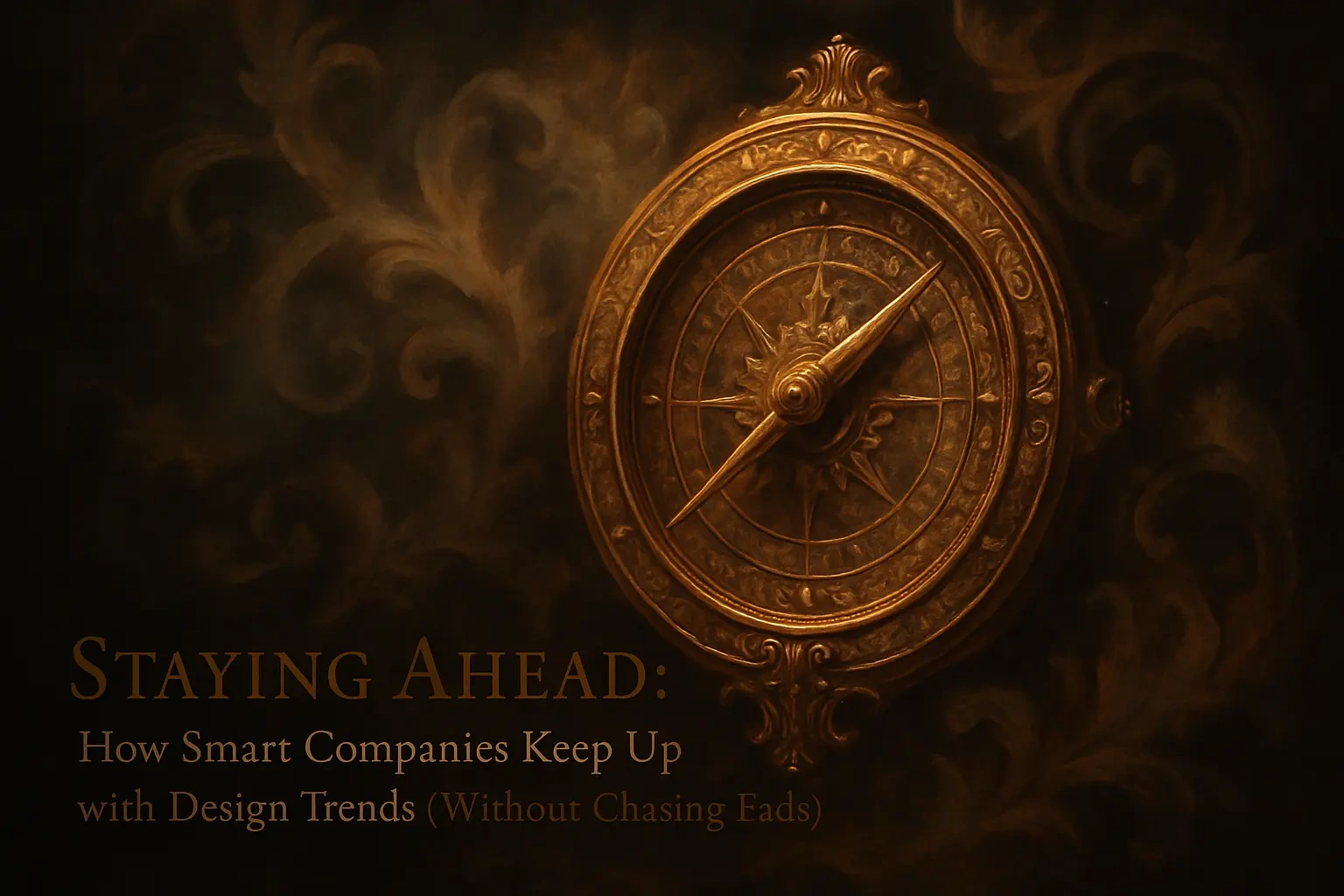
Staying Ahead: How Smart Companies Keep Up with Design Trends (Without Chasing Fads)
The Dangers of 'Trend Chasing'
Diluting Your Brand Identity
Wasting Time and Resources
Alienating Your Users
A Strategic Framework for Evaluating Design Trends
Relevance: Does It Align with Your Brand and Audience?
Impact: Does It Solve a Real Problem or Add Value?
Longevity: Is It a Lasting Shift or a Passing Fad?
Building a Culture of Continuous Innovation
Encourage Experimentation and Psychological Safety
Promote Cross-Functional Collaboration
Invest in Continuous Learning
How to Empower Your Designers to Lead the Way
Give Them a Seat at the Table
Create Diverse Teams
Conclusion: Playing the Long Game in Design
References
Staying Ahead: How Smart Companies Keep Up with Design Trends (Without Chasing Fads)
The Dangers of 'Trend Chasing'
Diluting Your Brand Identity
Wasting Time and Resources
Alienating Your Users
A Strategic Framework for Evaluating Design Trends
Relevance: Does It Align with Your Brand and Audience?
Impact: Does It Solve a Real Problem or Add Value?
Longevity: Is It a Lasting Shift or a Passing Fad?
Building a Culture of Continuous Innovation
Encourage Experimentation and Psychological Safety
Promote Cross-Functional Collaboration
Invest in Continuous Learning
How to Empower Your Designers to Lead the Way
Give Them a Seat at the Table
Create Diverse Teams
Conclusion: Playing the Long Game in Design
References
Posted Jul 6, 2025
Feeling overwhelmed by design trends? Learn a strategic framework for evaluating what's new, fostering a culture of innovation, and future-proofing your business.







